Breaking a tooth can be a frightening and painful experience. Whether it’s caused by biting down on something hard, an injury, or decay, a broken tooth raises immediate concerns about pain, appearance, and long-term dental health. Fortunately, modern dentistry offers a range of solutions to repair and save broken teeth, restoring both function and aesthetics.
In this comprehensive guide, we’ll explore the causes, types, symptoms, and treatment options for broken teeth, along with preventive measures and insights from dentists.
Chapter 1: Understanding Broken Teeth
1.1 What is a Broken Tooth?
A broken tooth refers to any fracture, crack, or loss of structure in a tooth. The severity can range from a minor chip to a complete break exposing the pulp.
1.2 Types of Tooth Breaks
1. Minor Chips:
• Superficial damage to the enamel.
• Usually painless and cosmetic in nature.
2. Fractured Cusp:
• Occurs on the pointed chewing surfaces of molars.
• Often doesn’t affect the tooth’s pulp or cause pain.
3. Cracked Tooth:
• A crack extends vertically but may not separate the tooth into pieces.
• Pain occurs when chewing or exposing the tooth to temperature changes.
4. Split Tooth:
• A severe crack that divides the tooth into distinct parts.
• Often requires extraction if the split reaches the root.
5. Vertical Root Fracture:
• A crack starting from the root and extending upwards.
• Difficult to detect and often discovered only when infection develops.
6. Complete Breakage:
• The tooth breaks into pieces, exposing the pulp or root.
• Requires immediate attention to avoid infection or further damage.
Chapter 2: Causes of Broken Teeth
1. Biting on Hard Objects:
• Foods like ice, hard candies, and unpopped popcorn kernels can cause fractures.
2. Trauma or Injury:
• Accidents, falls, or sports injuries often result in broken teeth.
3. Decay and Cavities:
• Weakened enamel due to decay makes teeth more prone to breaking.
4. Teeth Grinding (Bruxism):
• Constant grinding wears down enamel, increasing fracture risk.
5. Old Dental Work:
• Aging fillings or crowns may weaken and lead to breakage.
6. Sudden Temperature Changes:
• Rapid changes from hot to cold (e.g., drinking hot coffee after eating ice cream) can cause enamel to crack.
Chapter 3: Symptoms of a Broken Tooth
3.1 Common Signs
• Sharp pain when biting or chewing.
• Sensitivity to hot, cold, or sweet foods.
• Rough or jagged edges on the tooth.
• Swelling or tenderness in the gums around the broken tooth.
3.2 Severe Symptoms
• Persistent pain or throbbing, indicating pulp damage.
• Visible swelling in the face or jaw, a sign of infection.
• Pus discharge or foul odor, indicating abscess formation.
Chapter 4: Diagnosing a Broken Tooth
4.1 Clinical Examination
Dentists visually inspect the tooth and surrounding tissue for cracks, chips, or fractures.
4.2 Diagnostic Tools
1. X-rays: Reveal the extent of damage and check for root or bone involvement.
2. Dye Testing: Helps highlight cracks or fractures that are hard to see.
3. Bite Test: Identifies pain points caused by chewing or pressure.
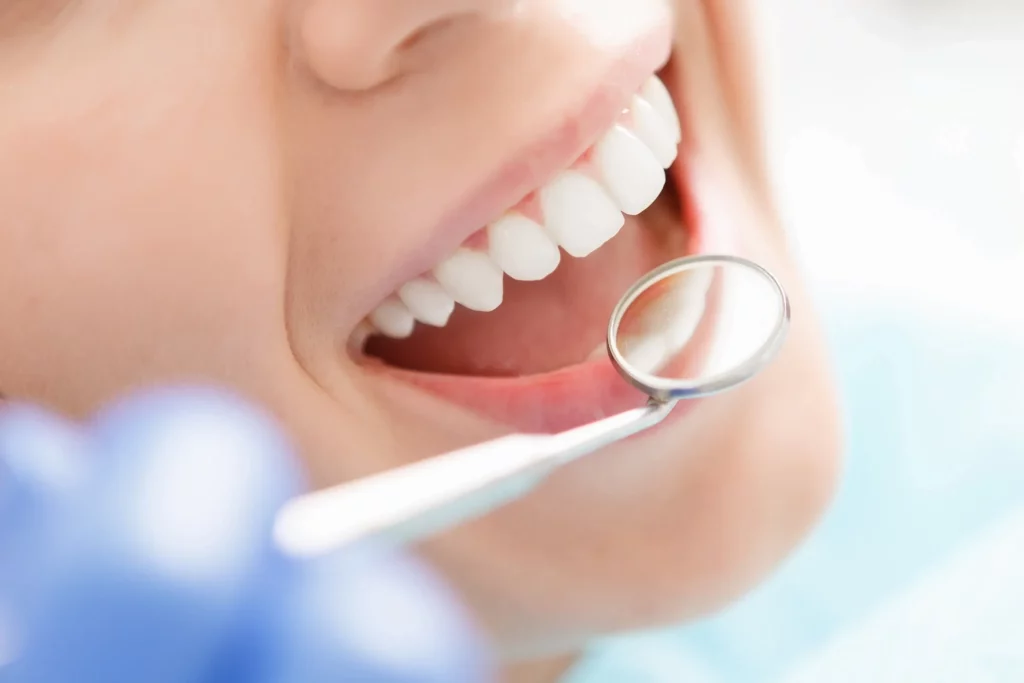
Chapter 5: Can a Broken Tooth Be Saved?
The answer depends on the extent and location of the break, as well as the overall health of the tooth and gums. In many cases, a broken tooth can be repaired with modern dental techniques.
5.1 Saving Minor Chips
• Treatment: Smoothing rough edges or applying dental bonding.
• Prognosis: Excellent, with minimal long-term effects.
5.2 Repairing Moderate Breaks
• Treatment: Veneers, crowns, or inlays.
• Prognosis: Good, provided there’s no damage to the pulp or root.
5.3 Treating Severe Breaks
• Treatment: Root canal therapy combined with a crown or bridge.
• Prognosis: Fair to good, depending on the depth of the break.
5.4 When Extraction is Necessary
• Criteria: Severe cracks extending below the gumline, root fractures, or irreparable damage.
• Alternative: Dental implants or bridges to replace the tooth.
Chapter 6: Treatment Options for Broken Teeth
6.1 Immediate Care
1. Rinse Your Mouth: Use warm water to clean the area.
2. Control Pain and Swelling: Take over-the-counter painkillers and apply a cold compress.
3. Protect the Tooth: Use dental wax or sugar-free gum to cover jagged edges.
6.2 Professional Dental Treatments
6.2.1 Bonding
• Uses tooth-colored resin to fill and reshape minor chips or cracks.
• Quick, affordable, and minimally invasive.
6.2.2 Veneers
• Porcelain or composite shells bonded to the front of the tooth.
• Ideal for cosmetic restoration of visible teeth.
6.2.3 Crowns
• Caps the entire tooth to restore shape and strength.
• Commonly used for large fractures or teeth with previous fillings.
6.2.4 Root Canal Therapy
• Removes damaged pulp and seals the tooth to prevent infection.
• Often paired with a crown for full restoration.
6.2.5 Dental Implants
• Replaces the entire tooth if extraction is necessary.
• Durable and natural-looking but requires surgery.
6.2.6 Temporary Fillings
• Used as an interim solution to protect the tooth while awaiting permanent treatment.
Chapter 7: Preventing Broken Teeth
7.1 Avoid Hard Foods
• Limit consumption of hard candies, ice, and similar items.
7.2 Protect Your Teeth
• Wear a mouthguard during sports or if you grind your teeth.
7.3 Maintain Oral Hygiene
• Brush and floss regularly to prevent decay that weakens teeth.
7.4 Address Bruxism
• Use a night guard or stress-relief techniques to stop grinding.
Chapter 8: Cost of Treatments
8.1 Factors Influencing Costs
• Extent of damage.
• Type of repair method.
• Dentist’s experience and location.
8.2 Approximate Costs
• Bonding: $100–$500 per tooth.
• Veneers: $500–$2,500 per tooth.
• Crowns: $800–$3,000 per tooth.
• Root Canal: $700–$2,000 per tooth.
• Implants: $1,000–$6,000 per tooth.
Chapter 9: Emotional Impact of a Broken Tooth
9.1 Self-Confidence Issues
• Visible damage can make individuals self-conscious about their smile.
9.2 Anxiety About Treatment
• Fear of pain or costs may delay seeking care, worsening the condition.
9.3 Restoring Confidence
• Timely treatment can restore both functionality and aesthetics, boosting self-esteem.
Conclusion
A broken tooth is a dental emergency that requires prompt attention to prevent complications and restore your smile. With modern dental techniques such as bonding, veneers, crowns, and implants, most broken teeth can be repaired effectively. Preventive measures, regular dental check-ups, and good oral hygiene are essential for maintaining strong, healthy teeth.
If you’ve broken a tooth, don’t panic. Seek professional dental care immediately to explore your options and ensure the best outcome. A healthy, confident smile is within reach!

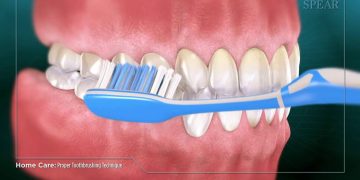
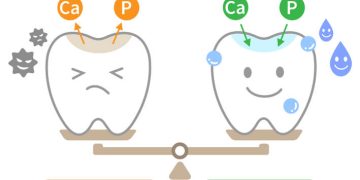
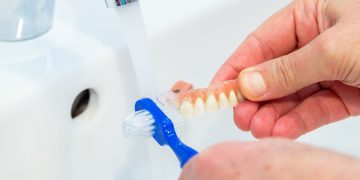




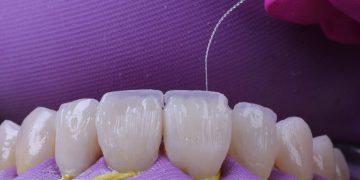
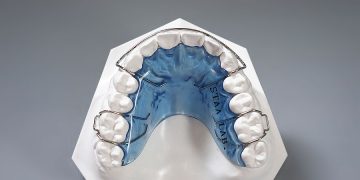

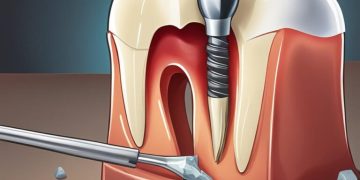
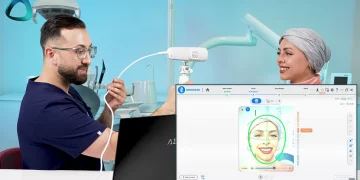


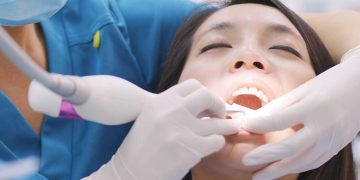

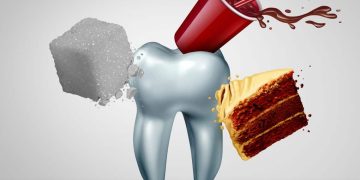







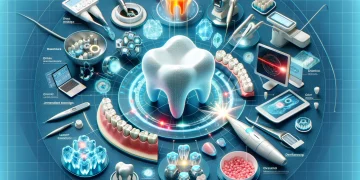



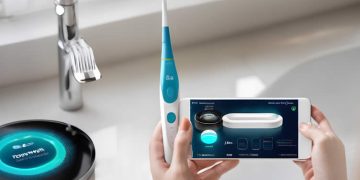















Discussion about this post